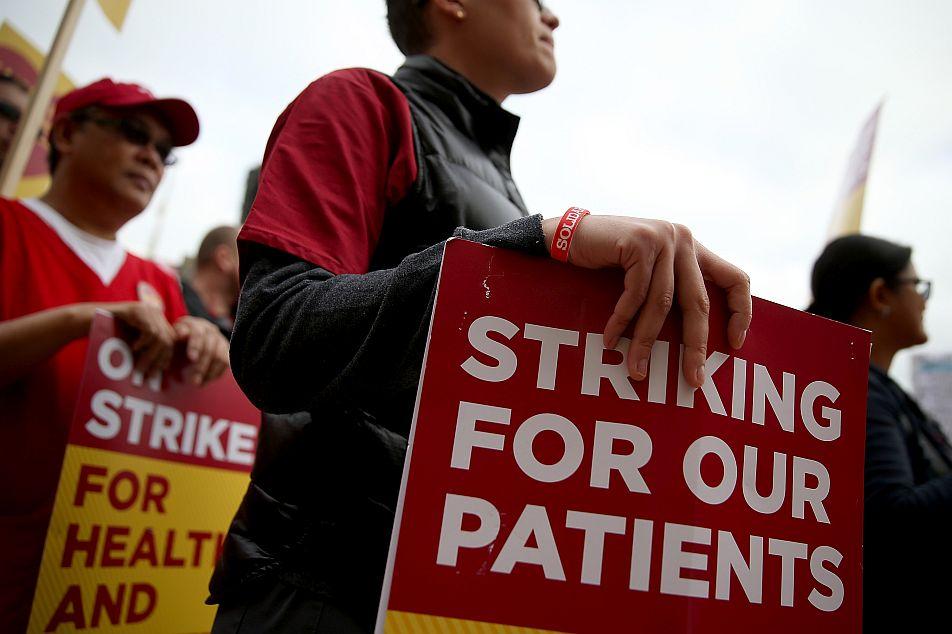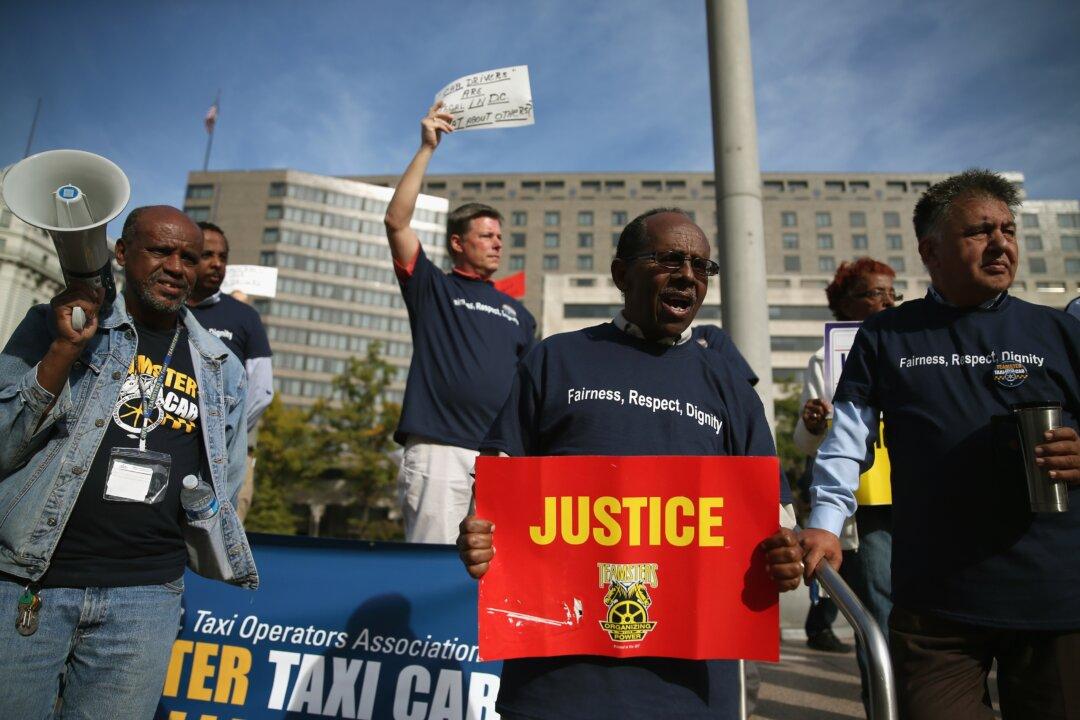Extensive information is available on the Troubled Asset Relief Program (TARP). However, not much has been said about the government’s ability to go after those who abuse taxpayers’ funds distributed to America’s business world.
TARP is a U.S. government program that manages the U.S. Department of Treasury fund created to help companies survive the 2007–2008 financial crisis.
In 2008, Congress created the Office of the Special Inspector General for the Troubled Asset Relief Program (SIGTARP), a white collar law enforcement agency.
SIGTARP’s recently published quarterly report to Congress states that its mission is to promote an efficient and effective TARP organization. SIGTARP also prosecutes government or private sector entities that profit from, squander, steal, or exploit TARP funds.
In its latest quarterly report to Congress, SIGTARP provides extensive details about criminal activities committed against the TARP funds. The government expects that when funds, such as TARP, are established, there are always those who want to enrich themselves.
Sen. Max Baucus, chair of the Senate Finance Committee, expected that fraud would be committed against the program. In March 2009, he stated, “My concern here is with such massive amount of dollars dedicated so quickly, there was bound to be considerable fraud and misuse of funds—just so many dollars allocated in such a short period of time.”
During his speech at the Economic Club of New York in June 2009, FBI director Robert Mueller stated, “We and our counterparts in other agencies are working to prevent what has the potential to be the next wave of cases: fraud and corruption related to the TARP funds and the stimulus package.”
Speaking from experience, Mueller said, “These funds are inherently vulnerable to bribery, fraud, conflicts of interest, and collusion. And there is an old adage: where there is money to be made, fraud is not far behind, like bees to honey.”
Successful Civil and Criminal Actions
Since the inception of SIGTARP about four and a half years ago, it has investigated crimes related to TARP. Consequences for fleecing the TARP funds are harsh.
Civil charges were filed against 58 individuals and 47 companies with 55 cases resulting in $282 million in civil penalties.
Criminal charges were filed against 144 individuals, including 92 senior executives, and 107 of them were convicted, while 37 are awaiting trial.
Close to one-third of criminal charges for conspiracy to commit fraud resulted in prison sentences. Almost one-fourth of those who were charged with defrauding banks were sentenced to prison.
“The average prison sentence imposed by courts for TARP-related crime investigated by SIGTARP is 68 months, which nearly doubles the national average length of prison sentences involving white collar fraud of 35 months,” according to the SIGTARP report.
Lee Bentley Farkas, former chairman of Taylor, Bean and Whitaker, is serving a 30-year prison term and had to return $38.5 million to TARP. Another nine individuals were sent to prison for more than 10 years.
Farkas was the brains behind a $2.9 billion bank fraud plot that began in 2002 and continued for 10 years. SIGTARP investigators caught on due to fraudulent and deceptive information in a TARP application.
Farkas had embezzled more than $38 million to support his lifestyle, which included the purchase of a private jet, antique cars, and vacation homes.
Confiscating the Loot
Successful criminal actions have resulted in the return of properties that were purchased with funds stolen from TARP. Assets worth $4.3 billion have been returned to victims or the government.
Assets confiscated included 38 cars, such as a 1958 Mercedes Benz Cabriolet 220 with an estimated market value of $185,000, a 1932 Ford Model A, a 1954 Cadillac Eldorado convertible, and a 1963 Rolls Royce.
Among the confiscated items were 25 estates, 20 bank accounts, debit cards, bags filled with silver, and a 19th century English painting with an estimated value of $6,000.
“One of SIGTARP’s investigations revealed alleged bribes made to an executive of a TARP-recipient bank in the form of monthly cash payments up to $5,000 hidden in cigar boxes,” the SIGTARP report states.
Cost of Running TARP
Restitution and confiscation of misappropriated TARP funds appears to be successful but miniscule when compared to the projected cost of running the program.
Different estimates of the cost of the program have been published by various government agencies. In 2009, the Congressional Budget Office’s (CBO) cost estimate for TARP was $356 billion.
In its latest report to Congress, the CBO’s cost estimate had decreased to $21 billion, a reduction of $335 billion. The latest decrease is $3 billion lower than the $24 billion estimated in October 2012. This decrease resulted from an increase in the market value of General Motors (GM) and the sale of GM stock above the market price.
“The estimated cost of the TARP stems largely from assistance to American International Group (AIG), aid to the automotive industry, and grant programs aimed at avoiding home mortgage foreclosures,” according to the CBO report.
Indicating the reason for the estimated lower costs of running TARP, the CBO states, “Other transactions with financial institutions will, taken together, yield a net gain to the federal government, in CBO’s estimation.”
In 2009, according to the CBO, the Office of Management and Budget’s (OMB) estimated a cost of $341 billion. The OMB’s latest cost estimate for the TARP program is $47 billion, which is $26 billion more than the CBO’s estimate.
The OMB and CBO’s estimation methodologies and risk assessments differ. The main reason for the difference is the CBO estimates for the mortgage programs were lower.
The estimated cost of TARP has shrunk significantly since the start of the program. TARP has been successful in collecting funds that were misappropriated; however, the fines and restitutions were small when compared to the cost of the program.
It is difficult to discern how long SIGTARP will exist. However, one can be certain that as long as its investigations into the misuse of taxpayers’ funds reveal fraudulent activity, the existence of SIGTARP is not threatened.




